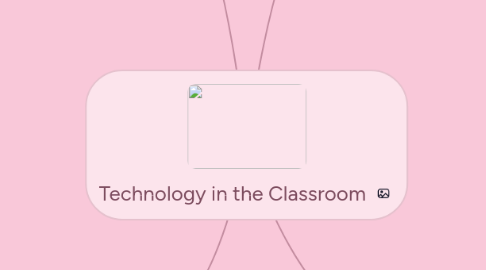
1. Learning and Technology Policy Framework
1.1. Policy Directions:
1.1.1. Student-Centered Learning
1.1.1.1. The most important, and ultimate goal, of all the policy directions, the outcomes for students include the ability to access knowledge. Arguably one of the most important aspects of technology, students will be able to access and use knowledge from all over the world to assist in their learning.
1.1.2. Research and Innovation
1.1.2.1. Alberta Education will be sure to support technological change, and keep up with the development of new technology. This includes being sure classroom technology is not out-dated, but relevant and useful for students' futures.
1.1.3. Professional Learning
1.1.3.1. One of the major outcomes for educational professionals is not just using technology, but using it in a complex, relevant, and personalized way for students, which will also be useful for students' futures.
1.1.4. Leadership
1.1.4.1. School authorities promise to take action by keeping technology up to date, which allows it to stay relevant for students' futures. This will also allow students to work with technology as it changes, and teach them adaptability.
1.1.5. Access, Infrastructure, and Digital Learning Environments
1.1.5.1. Importantly, an outcome of educational professionals is the ability to ensure every student has equitable access to a fast, quality WIfi network, as well as equitable access to devices, ensuring that if students cannot provide their own, one will be provided for them.
2. ICT Program of Studies
2.1. There are three major categories to the ICT
2.1.1. Communicating, Inquiring, Decision Making, and Problem Solving
2.1.1.1. Students will be able to access resources from all over the world, allowing them to understand multiple points of view and understand all sides of an issue.
2.1.1.2. Students will also learn to use technology to help them collaborate, and it will become a tool that teaches students to work together.
2.1.2. Foundational Operations, Knowledge, and Concepts
2.1.2.1. One of the outcomes of this group is that students will learn to apply technology to all aspects of their life, and learn not how to entirely rely on it, but how to infuse it in their personal and work lives, and in their relation to larger society.
2.1.2.2. Importantly, students will learn to use technology in an ethical way, which will lift themselves and others up. An example of this is conducting oneself with respect online, and understanding that being online means using an etiquette.
2.1.3. Processes for Productivity
2.1.3.1. One of the outcomes of this group includes using a multitude of applications and not being restricted to one or two, so they can always use the optimal application for the job.
2.2. The ICT Program of Studies is a complex program intended not to stand alone, but to work with all other programs of study for all other subjects.
3. ISTE Standards for Teachers
3.1. Teachers will:
3.1.1. Facilitate and inspire student learning and creativity
3.1.1.1. Teachers will set an example that encourages creativity in the classroom, both on- and offline.
3.1.2. Design and Develop Digital Age Learning Experiences and Assessments
3.1.2.1. Crucially, teachers will both create new lesson plans using technology, and adapt existing lesson plans to use technology. This balance will continue existing teacher practices as well as leave room for innovation and progress.
3.1.3. Model Digital Age Work and Learning
3.1.3.1. Teachers will model innovative and creative behaviour on- and offline, setting an example for students to do the same.
3.1.4. Promote and Model Digital Citizenship and Responsibility
3.1.4.1. Importantly, teachers will model proper online etiquette in order to create a safe, respectful digital world.
3.1.5. Engage in Professional Growth and Leadership
3.1.5.1. Essentially, teachers will commit to being lifelong learners, both on- and offline.
4. ISTE Standards for Students:
4.1. Students should learn to be:
4.1.1. Empowered Learners
4.1.1.1. Students are empowered to follow their own curiosity and learning through online research
4.1.2. Digital Citizens
4.1.2.1. Students will be able to conduct themselves online in a respectful and polite manner.
4.1.3. Knowledge Constructors
4.1.3.1. Crucially, students will learn how to determine who is a reliable source on the internet, and what is not.
4.1.4. Computational Thinkers
4.1.4.1. Through their education, students will learn online problem solving, including problems given in class, as well as problems with their own technology.
4.1.5. Creative Communicators
4.1.5.1. Importantly, students will learn about communication online, and how it is very different from face-to-face communication. Students will learn how to make up for the lack of facial expressions exchanged online by being concise and clear.
4.1.6. Global Collaborators
4.1.6.1. Students will learn to consider multiple points of view, and learn to understand others all over the world through global perspectives found online.

